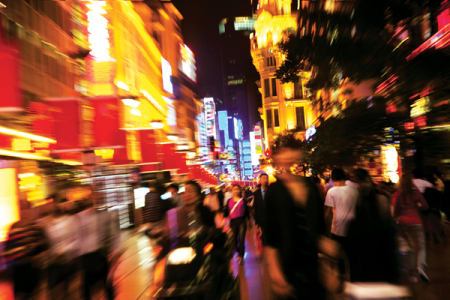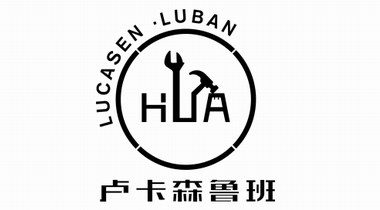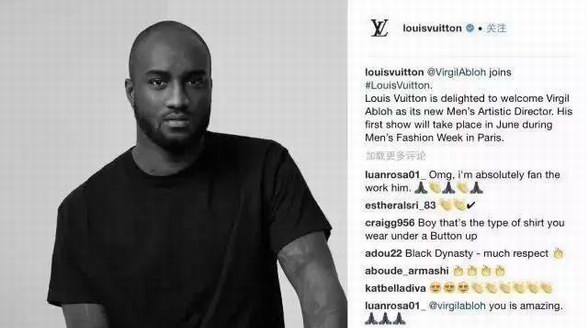
[ by Daniela Aroche ]
Luxury Society spoke with a panel of our Knowledge Partners and industry experts to find out what’s in store for luxury in the coming 12 months.
2015 was a transformative year for the luxury industry across the globe, as new technologies, digital advances, currencies, wealth, media & marketing channels spurred a seismic power shift from brands to consumers, Baby Boomers to Millennials, traditional media to social, and West to East – to name a few.
But how these formidable trends will impact and evolve the industry in the year ahead has remained a mystery – until now.
We spoke with a panel of our Knowledge Partners and industry experts to gauge their predictions for yet another dynamic year in the luxury industry to discover and divulge: How these trends will reshape 2016, what luxury brand executives should keep in mind when planning their future operations, and which regions, consumer segments and currencies are set to rule the luxury sphere next year.
Find out how to join forces with Luxury Society as an official Knowledge Partner and position your business as an undisputed luxury thought leader, contact: editor@luxurysociety.com.
“ The luxury industry has flourished for the past 10 years, but the good times have started to stall ”
The Luxury Sphere As It Stands
Fflur Roberts, Global Head of Luxury Goods Research at Euromonitor International explains how the most significant trends are set to shape luxury markets and economies in 2016, and which 2015 events will transform 2016.
The luxury industry has flourished for the past 10 years, but the good times have started to stall and brands are now facing a possible power shift from East to West. Nevertheless, at the same time, connectivity will continue to drive new opportunities in digital innovation, with the internet and social media reaching new frontiers.
Our latest data reveal that 2016 will be yet another challenging year for the luxury goods industry. In particular, the economic instability, social unrest, armed conflict and further threats of terrorist attacks in key luxury shopping destinations will continue to act as a drag on sales, not to mention the turmoil on the global foreign-exchange markets which could create further global currency wars for the industry.
Despite these headwinds, our latest data show that the outlook for the luxury goods industry remains optimistic, with sales set to reach US$328 billion by 2016, having increased from US$317 billion in 2015. The new data also indicates that developed markets are largely outperforming emerging markets and that there is a clear shift in spend from East to West.
“ We are likely to see the impact of 2015 events filtering through into 2016 with further geographical shifts ”
In 2014 and 2015, mainland China posted its lowest growth in sales of luxury goods since our records began (a real decline of -3% and +1% respectively). The slowdown in growth also means that China will not overtake Japan to become the world’s second largest luxury goods market in the world any time soon. Many of the world’s leading luxury brands have felt the backlash of the Chinese Government’s crackdown on lavish spending as well as deeper operational and economic problems across the industry.
Much of the positive global luxury sales momentum witnessed in 2014 and 2015 in the developed regions was actually fuelled by wealthy visiting Chinese tourists. However, after the Chinese government devalued the renminbi in August 2015, China’s foreign spending power has taken a turn for the worse.
Added to that, the Chinese economy is set to continue cooling. These two challenges combined will almost certainly have an impact on the industry’s geographical sales mix, potentially triggering another shift in global revenue power in 2016.

The impact of a weakening economy is unlikely to stop wealthy Chinese consumers from travelling to buy their luxury goods in 2016, but it might change their destination of choice as well as total in-destination spend. Short-haul destinations such as South Korea and Thailand could reap the benefits.
If Chinese consumers cut back on foreign trips further afield, then we could start to see yet another shift in the balance of power between the regions. Spending in North America, Western Europe and Japan could go down, while spending in China could even go up, thanks to price cuts and more people staying at home.
It is difficult to predict how the situation will develop in the future. What we can say, though, is that, according to our new research, 2015 has turned out to be one of the most strategically critical years ever for the global luxury goods industry and we are likely to see its impact filtering through into 2016 with further geographical shift.
“ Russia’s geopolitical risks will add further growing pains to the future of luxury sales ”
With the backdrop of sanctions and the deterioration of relations with the West, business and consumer confidence in the economy has collapsed to some extent. On the consumer side this (alongside falls in real wages) has contributed to a decline in luxury expenditure; and on the business side a lack of investment and capital outflows.
With the risk of an escalation of geopolitical tensions weighing on the economy, however, confidence is likely to remain fragile.
Once proud to be one of the world’s fastest-growing luxury markets in the world, the big question is whether Russian luxury goods is on the verge of a more sustained slowdown for 2016, as real spending power erodes and as the economy sinks into further recession.
“ India will retain its position as the fastest-growing market in percentage terms ”
Spurred on by rising prosperity in the major cities and a power shift from the black market to the formal market, India’s appetite for luxury goods continues to go from strength to strength.
While India still ranks just outside the top 20 markets in the world for luxury goods, its rapid advance in luxury goods sales is unrelenting. India is on course to become a US$4 billion industry by 2020, according to our new forecast data.





